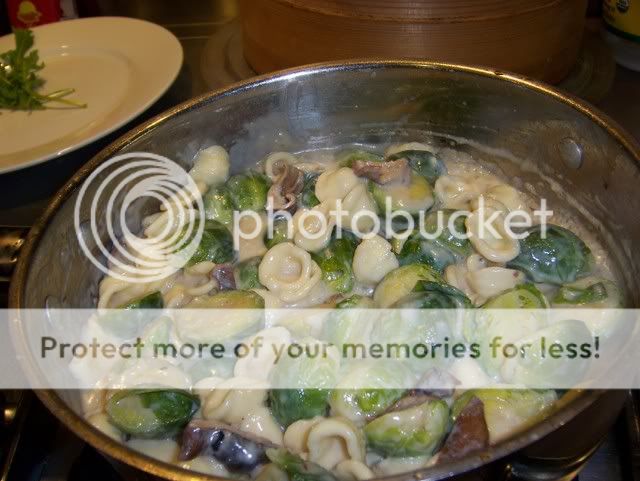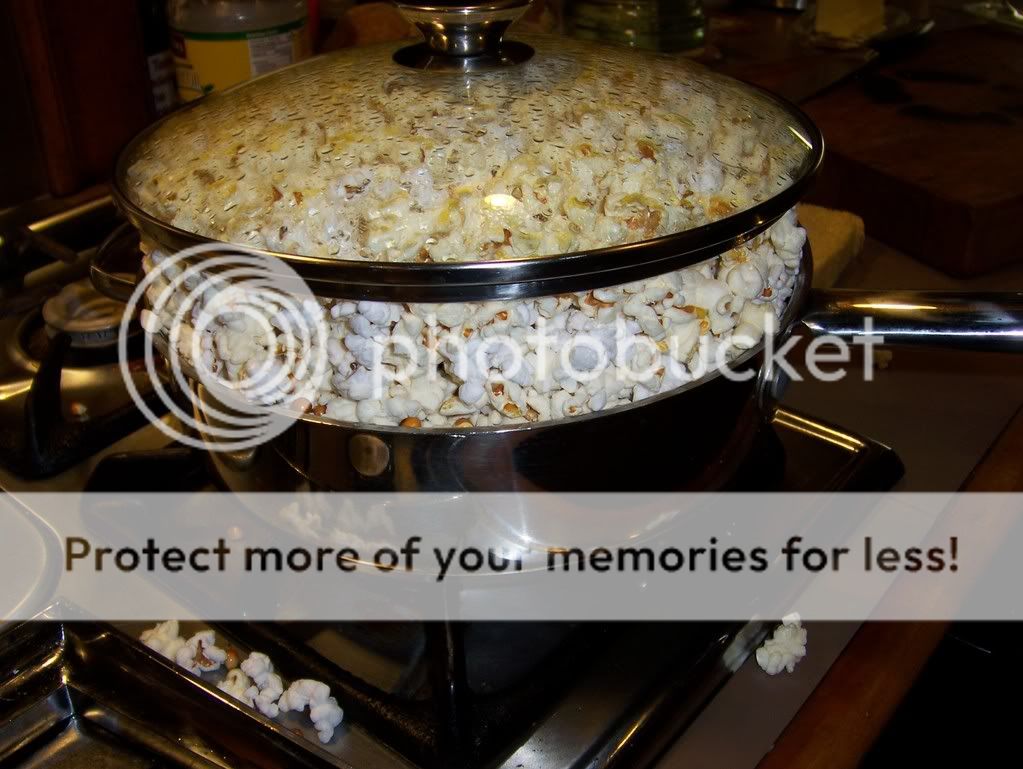The Farmers, bless their brave, curmudgeonly hearts, are grinning gleefully now that the hard, sharp, heart of winter has been endured and, no matter how frigid it is outside, the sun is stronger and longer, and the hearty, hardy little green shoots in the hoop-houses, seeds for which were planted last fall, and which had hoved up above the soil, and throve there while there was light and warmth enough, and then shivered down and hibernated through the worst of it, are shaking off the ice and reaching towards the sun, taller and meatier by the day.

At the Farmers’ Market we still have last fall’s root vegetables, and welcome they are, too, not having been picked last fall and stored all this time, many of them, but still residing in the protected ground and being dug as needed. (Has anyone roasted a rutabaga lately? My goodness! As sweet as apples!) And we have mature spinach and arugula and, not chard, but Kale, and who can get enough Kale these days – Eat More Kale, indeed. But in a few weeks we’ll be getting the first of the NEW crop of greens – chard and spinach, and hardy little mesclun. Maybe even some tendrilled pea shoots.
I mentioned Kale, didn’t I? Now why do I keep wanting to capitalize the K in Kale? Because it’s important to me! It’s important to me because I don’t like it! There, I’ve said it. I. Don’t. Like. Kale.
Now, usually I take very short shrift with anyone who doesn’t LIKE a food. And, indeed, I take very short shrift with myself when I say I don’t like Kale. To that end I’ve been buying a lot of it and experimenting, determined to find a way of preparing it that doesn’t leave me thinking either that I’m eating leather, which at least tastes of Kiwi – shoe polish, that is – or grazing my way across a particularly tough patch of yard.
I’ve chopped it up and roasted it with garlic and olive oil. I wasn’t impressed, but Roasted Kale keeps getting plaudits – so, if you want to try it, I won’t reinvent the wheel but just quote a recent New York Times recipe: Stack about six kale leaves on top of one another. Starting along a long edge, roll the stack tightly, like a cigar, then cut the roll into very fine ribbons, about 1/8-inch thick. Repeat with the remaining kale. Toss the ribbons with a little olive oil and spread them on a baking sheet covered with a lightly oiled piece of parchment paper or a silicone pad. Give them some breathing room, but don’t worry if they overlap; they will be impossible to untangle in any case. Salt them lightly and roast them in the oven until they are crisp, about 10 minutes. That was used as a garnish for a potato and chorizo soup and, as such, it could be interesting.
...enlightenment...
What it boils down to is I don’t like Kale en masse, though I DO like it in strips and added to other ingredients, for instance dropped into a soup of cannelloni beans and sausage for the last 20 minutes of its cooking. What I’ve found I like to do with it, as with many green winter vegetables – such as broccoli and Brussels sprouts – is to steam it or braise it (boiling loses too many of its excellent vitamins and minerals) and then either sauté it with some mushrooms and then add some grain, pasta, lentils, or beans, with possibly cheese thrown over the top. Or, if using pasta, I might bring everything together in a buttery, perhaps cheesy, béchamel, otherwise known as white sauce.
Because another winter experiment I’ve been indulging in is trying out some different grains but, rather than overdose on them in their pure form, adding them in small amounts to the vegetable dishes.

...Winter Casserole...
I’ve been getting very handsome Brussels Sprouts at the Co-op all winter, and made a Christmas Casserole with them: Clean, cut in half and steam until bright green and fork-pierceable, a quantity of Brussels sprouts (be sensible about this, 5 to 8 sprouts per person). Sauté some oyster (or other) mushrooms in a large sauté pan in olive oil and garlic. Add the Brussels sprouts, and stir fry for a few seconds to coat with the garlicky olive oil, then toss together with ½ to 1 cup of cooked quinoa. Pour into a casserole dish, cover with ¼ to ½ cup grated cheddar, drizzle with olive oil, and bake at 350 for 20 minutes, or until the cheese is melted and browned.
Quinoa is a lovely grain – wheat- and gluten-free – which is cooked 1 part to 2 parts water for not really more than 10 or 15 minutes until tender. The germ ring – which looks like a baby’s fingernail paring – becomes visible when cooked. It’s a beautiful grain both in appearance and upon the palate.
The nifty thing about these dishes that I’m talking about is that all their parts – pasta, beans, or grains, along with vegetables – can be cooked separately, then combined just before making the finished dish.
...creamy pasta and vegetables...

Another time I combined the handmade (in Abruzzo, Italy) “little ears” pasta – orechiette – with Brussels sprouts and shiitakes in a béchamel in this way. Bring a quantity of water to the boil, salt it liberally, add a couple of handfuls (1 for each eater) of pasta, and cook for 10 minutes or until al dente. Steam the Brussels Sprouts as above, with the shiitake caps, cut in strips.
Make the béchamel: Melt 3 tablespoons butter in a sauté pan over a medium heat, whisk in 1 ½ tablespoons flour, and when that is golden add 1 ½ cups of creamy milk, slowly, whisking as you go. Whisk as it thickens, and then whisk in your choice of grated cheese – a combination of Swiss, parmesan, and cheddar would be nice, about ½ to 1 cup – then fold in a couple of tablespoons of chopped onions, the pasta and the Brussels sprouts. Simmer until warmed through and steaming, then sprinkle with tiny croutons.
One might substitute Kale for the Brussels sprouts in these recipes, or one might simply supplement the vegetables with sliced and steamed Kale. Or, really though, one might just leave the Kale entirely out of it!
However, I have found that Kale really shines in a dish of lentils.
...lentils with sausage and kale...
Cook some lentils – I like the small green French lentils – in this way: Pour out 1 cup of lentils into a saucepan, slowly, looking for small stones as you do so. I’ve found one or two in my life, so don’t take this step lightly. Wash the lentils, drain, put them back in the pan, cover with water to half an inch above their surface, add a bay leaf, bring to a simmer, and cook until tender, usually ½ hour to 45 minutes. Add more water if needed, and 15 minutes before the end of cooking add salt to taste.
Cook some sausage, about 6 inches of inch-thick sausage. You can use chorizo, which is available at the Farmers’ Market and the Co-op (as are all the ingredients I’m using), or even plain smoked kielbasa. On the Edge Farm has some Chinese flavored sausage that would be good. You can roast it, or grill it, or just brown it in a frying pan, then add a little water, put the cover on and simmer slowly for 20 minutes.
Cut the kale – a couple of handfuls – in strips and steam or simmer in a small amount of salted water, until tender.
Chop some onion, maybe red pepper, even a bit of celery, if you like. If you’re up for it, instead of chopping, cut these in tiny squares, in which case you will have a brunoise.
When you’re ready to eat, cut the sausage into thin rounds, drain the kale, and stir both into the lentils. Strew with the chopped or brunoised raw vegetables, a nice amount of garlicky olive oil, and sprinkle with hot pepper flakes to taste.
...and those farmers?...
Now why are those farmers “grinning gleefully.” Well, it’s this: They think they’ve defeated Mother Nature by inveigling spinach and chard and kale to grow in the midst of snow. But it’s difficult to defeat Mother because just when you think you’ve done it she comes down on you with a vengeance. Those mid-western farmers with their chemicals and pesticides and GM seeds and fencerow-to-fencerow planting thought they had defeated Mother Nature, but she is having the last laugh on their ruined fields, and will take them back in the next centuries as her own. Our farmers, though they’re too proud – most of them – to admit it, are working WITH Mother, getting smart and smarter, to create good local food for us northerners year round. And I say – “Congratulations to you, Dear Farmers!!”
...lost...
Many of our readers are lamenting the fact that they can no longer find Twice Bitten on the Herald’s new website. This is how to do it: Hover your cursor over the word “INVITE” on the row of possibilities below the masthead, then hover it down and click on the word FOOD under that. You will eventually find us. Or click on the title of this post.



